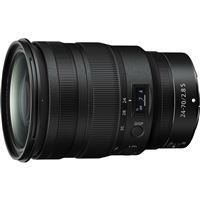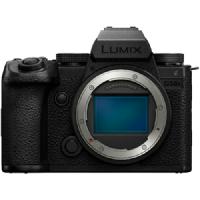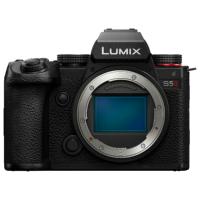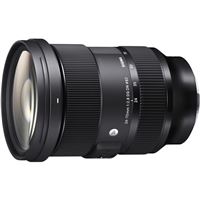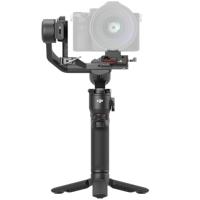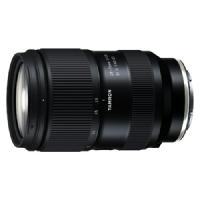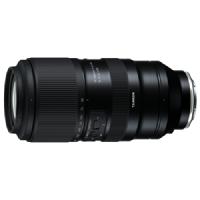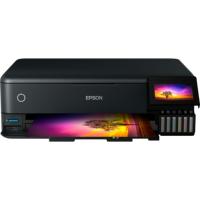What is depth of field?
Depth of field is a commonly used term in photography. We all use it, but what does it actually mean? Time to focus on this topic.
Depth of field
Imagine you have a vegetable patch, and you want to photograph a tomato. Let say there's just been a rainstorm and the tomato still has droplets of water on it. Time for a photo! The droplets of water on the tomato are nicely in focus whilst the rest of the tomatoes hanging from the same vine, are out of focus. The part in focus in your photo is called depth of field. Simply put: depth of field is the area that is in focus from a near point up to a point farther away. So it's not only the point you focused in on that is the only part that's in focus. There is still an area in focus, in front and behind that. How big that area is depends on a number of points: aperture, focal point and distance. These points affect how we experience depth of field.
Back to the tomato. As only a small area is in focus, in this case the tomato, we're talking about minimal depth of field. Now take the same tomato and place it in a greenhouse among tomato plants. You don't want to see a particular section of space, but the entire greenhouse. This is called large depth of field. Everything is sharply depicted; from front to back.
Large depth of field is therefore often seen in landscape and architectural photography. That's when you want to see all there is to see on your photo. Small depth of field is more prevalent in portrait and macrophotography.
















